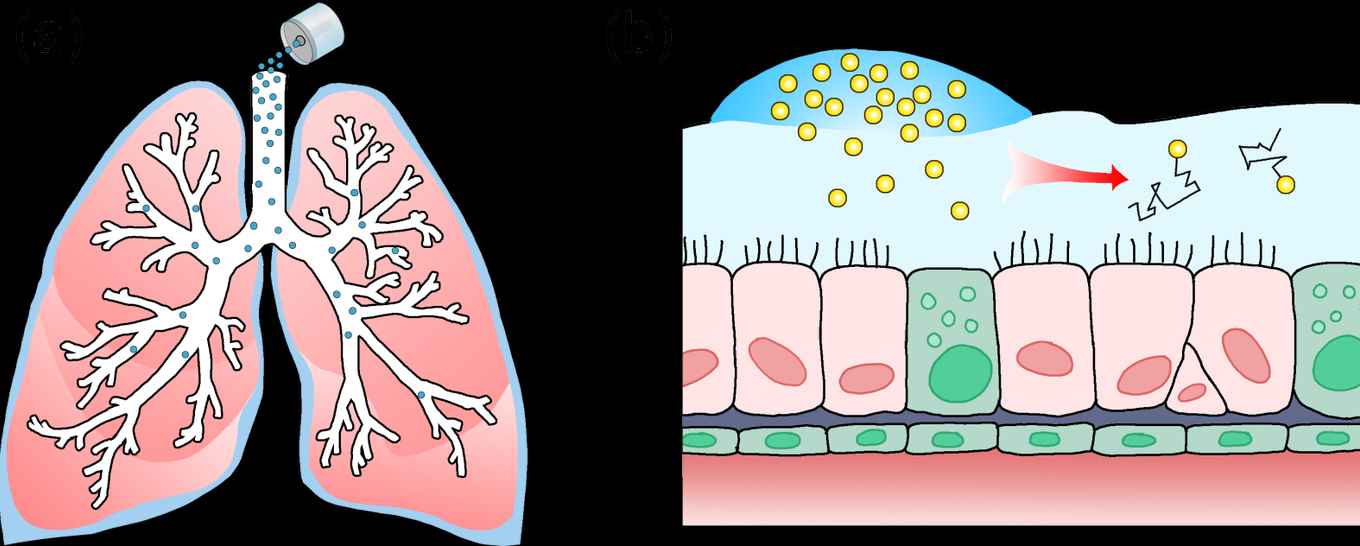Kaili Xie obtains MSCA fellowship for spray delivery research
17 May 2024

Respiratory diseases are one of the leading causes of death worldwide. The recent global pandemic of SARS-CoV-2 has made us realize that effective and widely acceptable therapies against such diseases are still lacking and are urgently needed. Administering drugs directly to the lungs through aerosols, tiny droplets in the air, enables targeted therapeutic effects while minimizing side effects by reducing systemic drug exposure.
However, generically aerosol delivery is not very efficient, with only 5-15% of the initial medication deposited in the lungs. The reason for this is that generally, aerosols differ widely in size, leading to inefficient deposition in the upper rather than lower respiratory tract. In addition, degradation of the medication during nebulization is also a challenge.

Xie’s project aims to bridge the gap between aerosol generation and the deposition and transport of medication into the respiratory tract. He proposes an innovative soft nebulization method that reduces aerosols coming together and thus growing. Xie will use this optimized nebulization method to investigate how medication aerosols impact on the mucus in the respiratory tract, and devise strategies to enhance targeted aerosol deposition. In addition, he will investigate the transport of drug formulations within the airways for various respiratory diseases. The project will establish transformable and applicable technologies for advancing aerosol drug delivery to the respiratory tract.